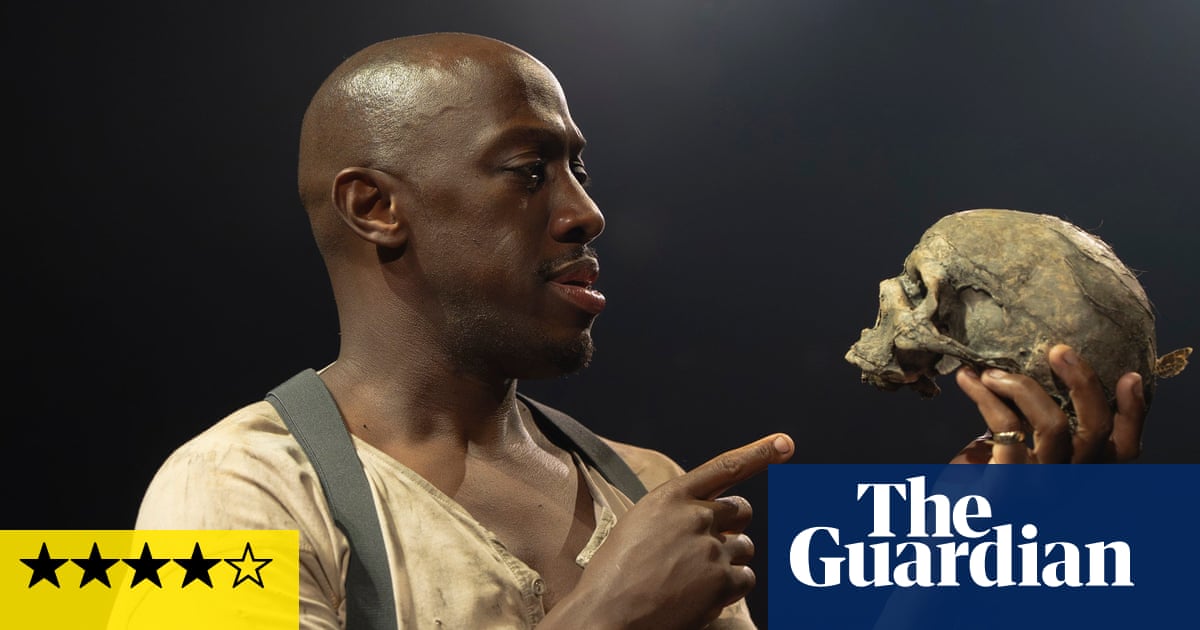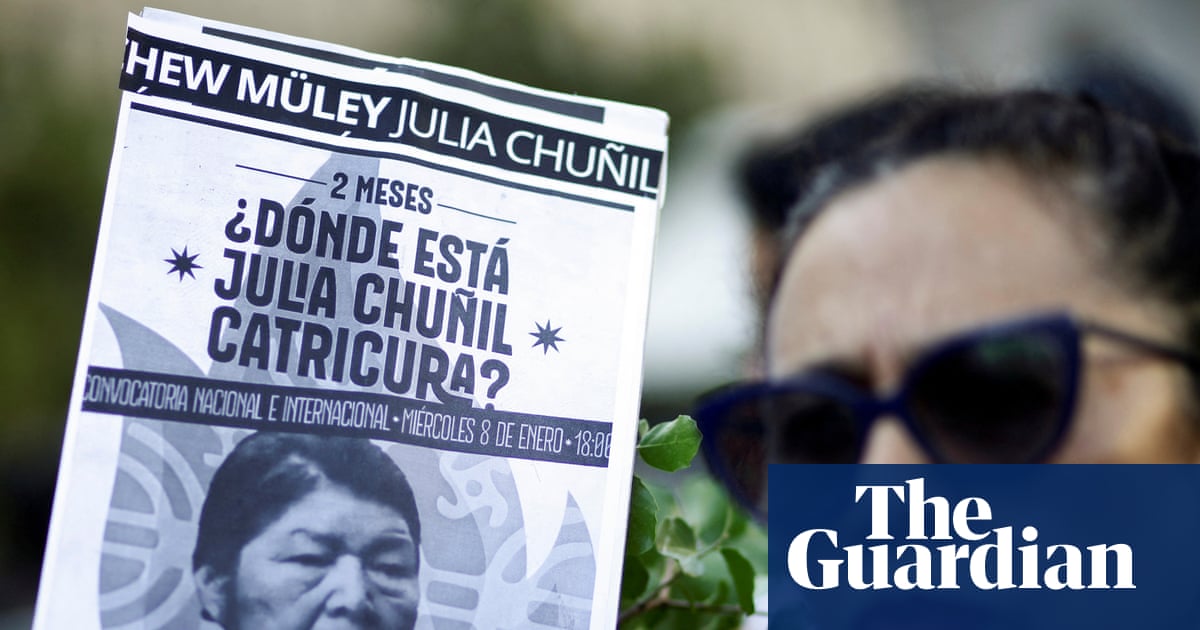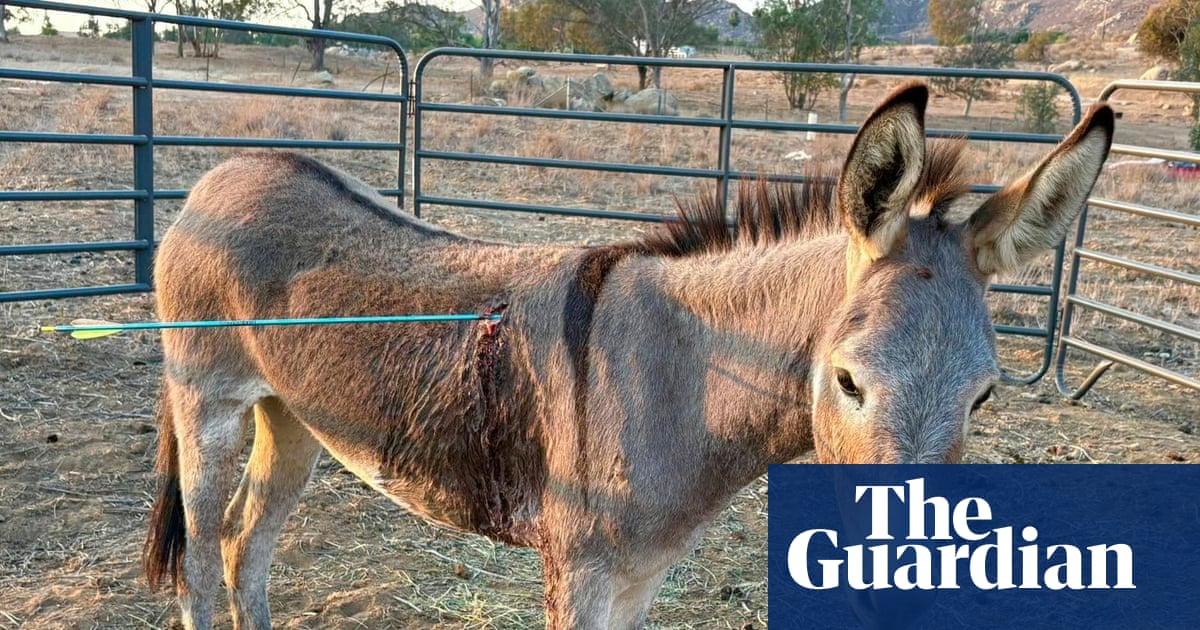When I was very young, three or four, before I learned to write, I’d search out empty pages in my father’s thin, hardbound ledgers and out-of-date diaries, and scribble from left to right. I would sit them on an angled louvre, the humid Brisbane air drifting in, and play at writing.
I think I derive some pleasure in the friction of pencil on paper itself, surfing the feint-ruled lines. There is electricity – lightning, back through memoir – that links to my early tactile sense of the world. Perhaps, eventually, we’ll be able to see AI for what it is and take solace in human traces – an interest in process and practice will deepen. This is happening already, but there’ll be more focus on the open studio or the singular, lifelong accumulation of skill and intelligence of any artist, musician or writer – something AI lacks. A painter slowly perfecting a subtle un-mimicable line via studies or works-in-progress.
I’m writing this sentence in pencil. I write most of my first drafts by hand; it’s something I’ve done for nearly 15 years. What prompted me was a fancy exercise book I was once given as a gift: almost waxy, caramel-coloured paper with fine, milky feint-ruled lines. It whispered to be pencilled on.
I’m happy to escape the computer and travel lightly – in a cafe, gallery or wilderness.
I can hand-write faster, too – well, probably slower than I can type, but it’s a fast-blur sort of writing; being left-handed, this scribbly sentence vanishes below my hand and wrist, out of mind. I concentrate on a calm centre where the graphite sizzles against the paper, resisting the urge to edit.
Japanese pencils and notebooks, German sharpeners. Sun-bitten Australian hands.
My habit is quaint, I know, and there are downsides – deciphering my scribbly handwriting is like trying to communicate with the dead. And I’m accumulating piles of smudgy notebooks and stubs of pencils that I can’t bring myself to throw away. But I’m beginning to think all this is more important than I first anticipated.
A writer friend recently posted that after updating her version of Microsoft Word, it invited itself to collaborate on her novel in progress, offering to work on 2,000 words at a time. Instead she workshopped her panic with fellow writers who helped her unplug the tech. But this is where we’re at. The question blooms by the day – how are we to know if any creative text, novel, essay, poem or short story is AI assisted, or even authored? In time, will it be impossible to tell?
At present, the best we seem to have is an honesty system where authors put their hand up if they’ve used AI. I recently submitted some poems to an Australian literary journal – something I’ve been doing for more than a couple of decades – but for the first time I noticed a checkbox with the line “I haven’t used AI” next to it. It’s easy to tick, but how are we to trust that work is genuine, especially given several well-documented cases of plagiarism in Australian literature?
This has me realise – for those who value non-AI-generated literature, the focus will shift to this: how do we prove we didn’t use AI? My first thought is: practice with a ‘c’. It’s what sets us aside from AI-generated content, right? Artists’ practice.
As someone working in the literary realm with a pencil, I struggle to trust AI as anything but a numb wrecker – docile, tonally one-dimensional, static, fattened with stolen literature. I almost liken it to an empty hoax, but it has nothing on Ern Malley.
In 1943, conservative poets Harold Stewart and James McAuley invented a poet called Ernest Lalor Malley, made ornate mock-wacky poems and presented them to the young editor of the modernist magazine Angry Penguins. We also know that the hoax worked very well – Ern was the centrepiece of a 1944 Angry Penguins edition, with Malley-inspired cover art by Sidney Nolan, no less. But the hoaxers were a little too good – the poems became some of the strangest and best and most influential in Australian literary history.
This is not to suggest we need another hoax, only to compare this complex richness against the generative-AI world which is so much less knotty or interesting – there is no cascading human archive in it. Can AI fragilely misstep like Stewart and McAuley? It was the charm and vulnerability and improvisational flair in their – let’s face it – beautiful failure. In AI, are we to find this allure or scribbly imaginative interstice?
For me, and perhaps many writers, it’s this unravelling illegible sentence here on this off-white paper between the vein-blue lines that is, hopefully, an authenticity stamp. The drafts of art making will take on a significance – they are where the work begins, and a good guide to how it came from the body and mind, building up a physical archive. Librarians may be pleased to hear that just as the book object won’t be diminished, the archive may become more significant than ever. An artist with an object-led, mapped, pencilled, human-drafted trail will go well. It’s not sexy – well, pencils are a little bit sexy, aren’t they? – but the archive might shield the artist against the threat to literature itself: the dumb cunning of the robot.

 3 months ago
79
3 months ago
79

















































